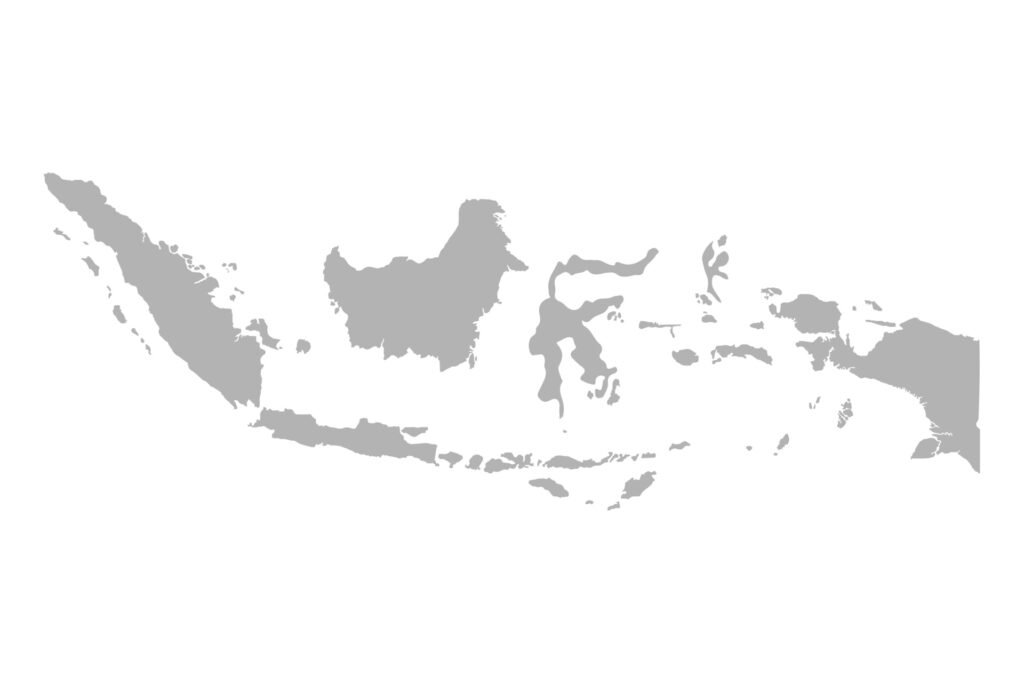
Indonesia is one of the world’s leading producers of high-quality vanilla. With its tropical climate and nutrient-rich soil, the country offers ideal conditions for vanilla cultivation. Vanilla farms in Indonesia are spread across various islands, each contributing unique characteristics that influence the flavor and quality of the beans. From Sumatra to Papua, these regions play a significant role in supplying vanilla to both local and international markets.
Key Vanilla-Growing Regions in Indonesia

1. Sumatra
Sumatra, particularly Aceh and North Sumatra, is known for its fertile volcanic soil and consistent rainfall. These conditions create an optimal environment for vanilla vines to thrive. Farmers in this region often use traditional organic methods to enhance the natural flavor of their crops.
2. Java
Central and East Java are among the most productive vanilla-growing areas in Indonesia. The combination of moderate temperatures, high humidity, and well-drained soil supports healthy plant growth. Many small-scale farmers in these provinces have adopted sustainable farming techniques to improve yield and bean quality.
3. Bali & Nusa Tenggara
Bali and Lombok have emerged as key players in Indonesia’s vanilla industry. Farmers here focus on organic cultivation methods, reducing the use of chemicals to produce high-quality, natural vanilla. The region’s drier climate requires careful irrigation management, but it also results in vanilla with a distinct aroma.
4. Sulawesi
South Sulawesi is gaining recognition for its vanilla production. The region’s climate and soil composition provide a favorable environment for vanilla farming. Many farmers in this area are integrating modern farming techniques to improve productivity and meet international standards.
5. Papua
Papua has significant potential for vanilla cultivation due to its untouched, nutrient-rich soil. The low use of synthetic pesticides in this region helps produce organic vanilla, making it attractive to premium markets. While vanilla farming in Papua is still developing, its future looks promising.
Factors Supporting Vanilla Cultivation in Indonesia
- Tropical Climate: Warm temperatures and high humidity create excellent conditions for vanilla growth.
- Volcanic Soil: Rich in nutrients, it enhances plant health and bean quality.
- Traditional and Modern Farming Methods: A combination of heritage farming techniques and new technologies improves both yield and sustainability.
- Government and Export Support: Policies encouraging vanilla farming and international trade help boost Indonesia’s position in the global market.
Challenges in Vanilla Farming
- Pests and Diseases: Vanilla plants are vulnerable to fungal infections and pest attacks, which can reduce yields.
- Market Price Fluctuations: Global demand impacts vanilla prices, creating uncertainty for farmers.
- Long Maturation Period: Vanilla takes two to three years to mature, requiring patience and strategic planning.
Conclusion
Indonesia’s diverse vanilla-growing regions provide the perfect environment for high-quality vanilla production. With dedicated farmers, sustainable farming practices, and increasing global demand, Indonesia continues to strengthen its role in the vanilla industry. Understanding the best regions for cultivation is essential for those looking to invest in vanilla farming and contribute to its growing success.


